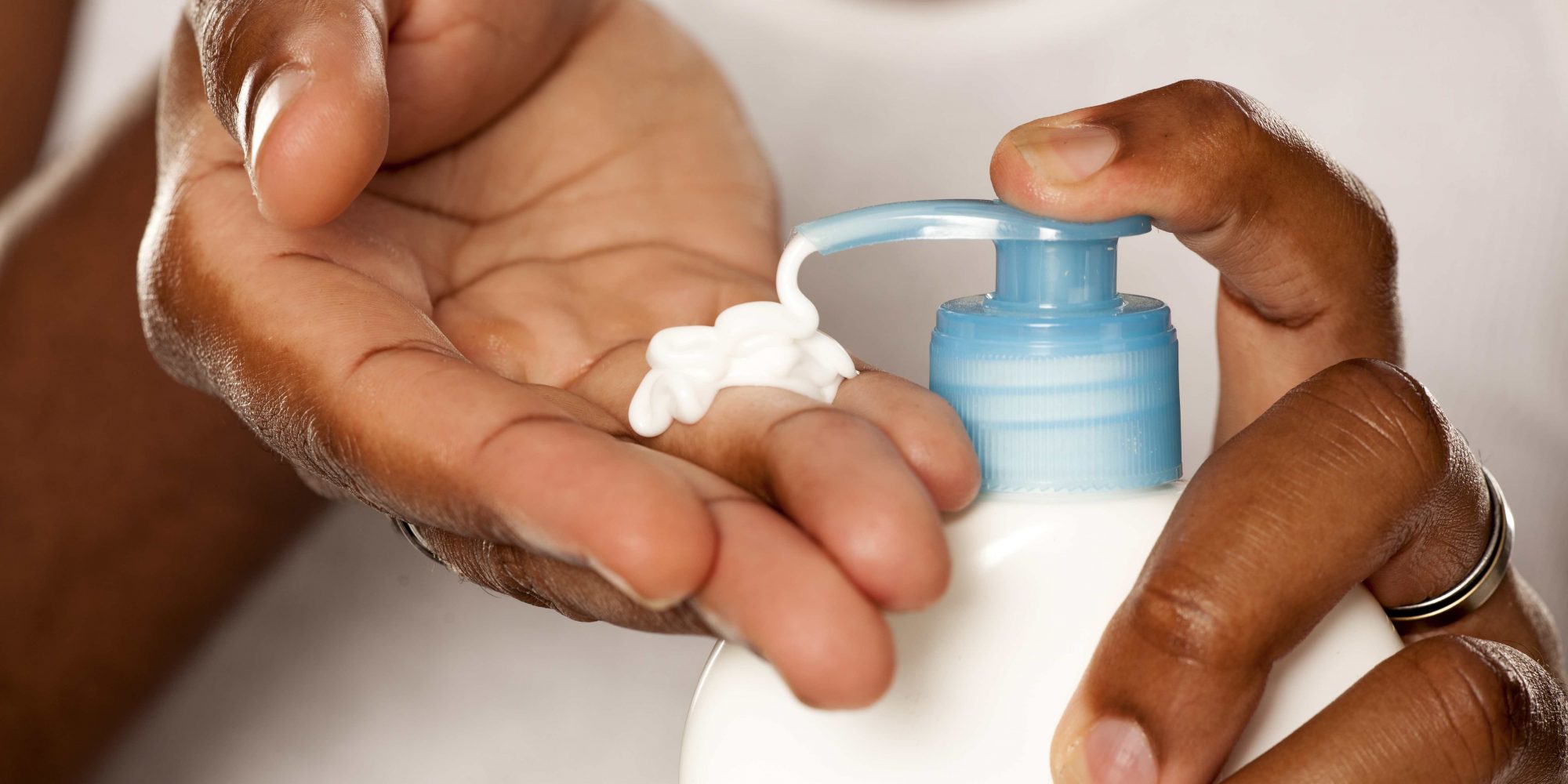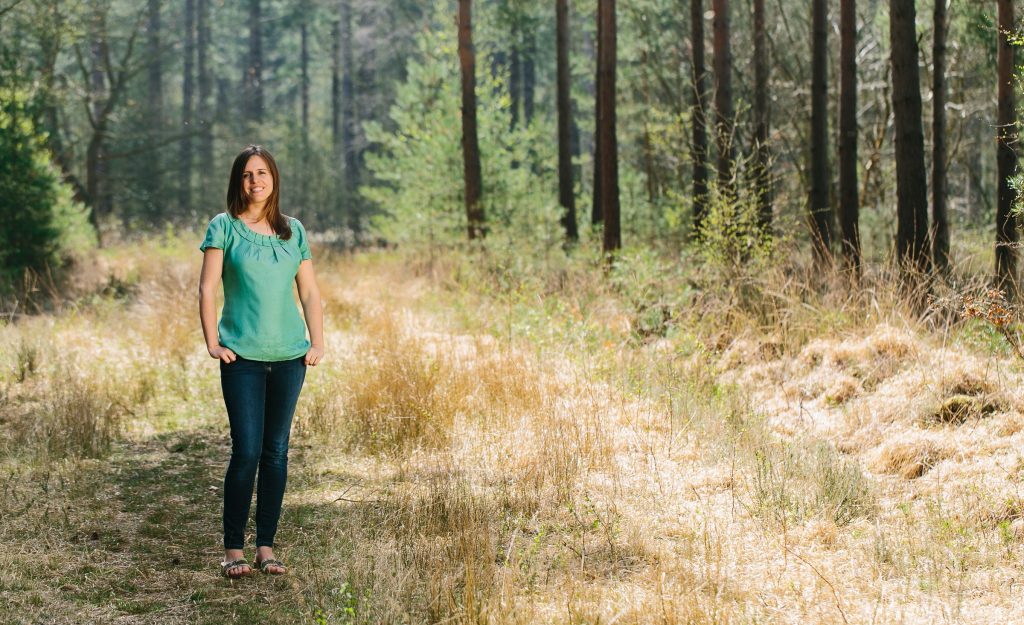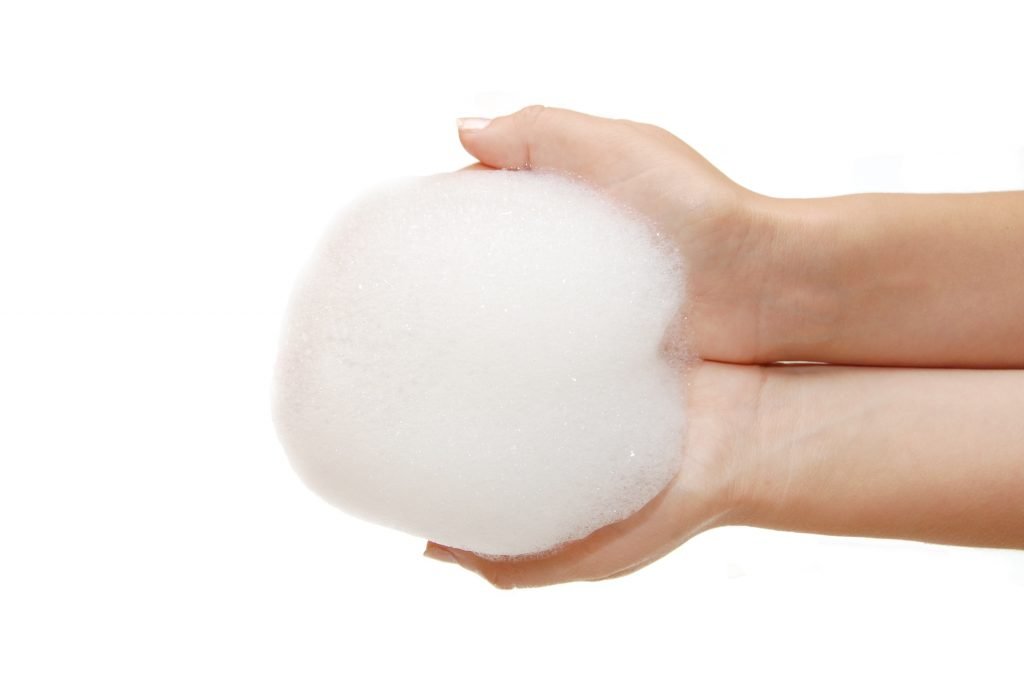
How The Feel Of A Beauty Product Helps Or Hurts The Consumer Experience
In our highly visual society, sometimes beauty brands ignore the other senses. Lorraine Dallmeier, director of Formula Botanica, an organic cosmetic science online learning platform, warns beauty entrepreneurs not to neglect touch. From the feel of a formula to the sensation of packaging, people’s responses to beauty merchandise are filtered through their interactions with its tangible elements. “Beauty products are the perfect tactile consumer product. In fact, our industry could not have been tailored better to tactile branding,” says Dallmeier, adding, “A beauty product isn’t just something consumers look at. It has to be an experience for them. If you can change someone’s life, even in the smallest way, you have a good chance of them coming back and buying the product again.” Formula Botanica has recognized the importance of tactile branding or the positioning of a brand with texture, weightiness and substance by including a module on it in its new beauty brand business management program kicking off next month. Dallmeier gave Beauty Independent a preview of the upcoming module by clueing us in on the facets of tactility that can negatively or positively affect perceptions of beauty offerings.
How Goopy Is The Goop?
The number of words conveying the feel of skincare, haircare and body care is enormous. A formula can be soft, satiny, silky, velvety, soapy, solid, creamy, fluffy, viscous and more. The feel and the descriptors capturing it can communicate the type of brand behind the formula. If a brand’s formulas are crunchy and the brand seeks to be anything but, it probably should reassess its formulation approach. “I really want formulators and indie beauty entrepreneurs to think about how their formulations feel when someone uses them and what that conjures up in their mind,” says Dallmeier. “They should close their eyes, touch their formulas and think, ‘What does my brand feel like, and does that tie in with the way I’m creating my overall brand?’ Write down the adjectives you want for your brand and see if they match up with the feel of the formulation.”
It’s not uncommon to buy a high-end shampoo that disappoints with a runny, thin stream of liquid that yields subpar lather. A high-end formula is expected to be thick, sumptuous and sudsy. If it’s not, a high-end haircare brand’s concept is undercut. Dallmeier instructs indie beauty entrepreneurs to zero in on their brand’s personality prior to designing formulas and, then, design formulas to correspond to that personality. A playful brand may gravitate to putties and gels that support its playfulness. A wholesome brand might imbue its formulations with earthiness. “A beauty brand with an imaginative or creative flair may want to consider making its formulations feathery, shiny, fresh, with a sense of artistry to it,” says Dallmeier, continuing, “Or if you want your customer to have a really caring experience with your beauty formulations, you could make them feel cushioned or comfortable or even warming to the touch.”
Brands should also pay attention to the transformation of a formula over the course of its shelf life. If a formula feels different after it’s been bought and separates or congeals, a repeat purchase may be unlikely. Dallmeier points out stability testing is critical to avoid the problem of formula shapeshifting. She says, “Formulators think you only need to undertake stability testing once, but it has to sit at the core of your business to stability test your formulations every time you create a batch.”

Are The Boxes Flimsy?
No matter how great the insides of a beauty product, the outsides are judged first and leave a lasting impression. Packaging that doesn’t properly broadcast a brand’s personality undermines that personality. “We’ve all had to deal with poor quality beauty packaging, and we know from our own personal experience that most cheap packaging does not feel great to the touch,” says Dallmeier, emphasizing, “Weight plays a large role in how customers value their cosmetic products. In fact, the weight of your beauty product is directly related to its perceived value: the heavier your container, the more expensive it is thought to be. You have undoubtedly picked up a heavy glass container before and thought that it felt far more luxurious than its plastic counterpart. This is all part of clever tactile branding.” A top priority for brands and consumers today, environmental consciousness shouldn’t be overlooked in packaging choices. Dallmeier says, “My personal bugbear is when I hold a big thick plastic jar in my hand for a brand that claims to have green beauty credentials. I can feel that the packaging is unsustainable before I even turn over the jar to find no recycling symbol.”
She acknowledges cost influences the packaging a brand selects, but brands that value price over the experience and sustainability of their packaging may be left with packaging to spare if their products don’t sell. The devil is often in the details. Dallmeier mentions a dropper that feels flimsy can cause an upscale luxury brand to seem chintzy. In contrast, a hefty metal clasp relays premium product quality. She elaborates, “Do the textures on your lotion bottle feel hard and angular for your caring beauty brand? Does your shampoo bottle show limited compressibility, making it hard to pour out the final dregs in the bottle? Make sure your packaging feels the way it should.” Surface indentation, squeezability and texture can accentuate or detract from a brand’s message. Ideally, a customer immediately comprehends that message simply by touching bottles and boxes.

More Senses Besides Sight To Consider
Formulas can feel and look strange, and they can also taste strange. A brand may not imagine its cleanser is imparting a bitter flavor, but that flavor can be detrimental to its business if consumers revile it. Dallmeier says, “A lot of brands aren’t necessarily thinking about the taste aspect. It can make or break your brand. I was using a heavily lavender-based lip balm, and I don’t want to taste lavender when I put lip balm on. That’s very personal, but everyone will have something like that.” Sound can be critical, too. Dallmeier shares, “I use the example of when you are standing in the shower, and you turn over your shampoo and it makes a horrible farting noise. That’s not necessarily what you want associated with your brand.”
In a competitive industry, the bottom line is that disregarding how a brand’s beauty products elicit emotions through tapping into people’s senses can put that brand at a disadvantage. “People are going to have to find ways to stand out because the marketplace is becoming increasingly crowded. If you can really make your brand sing to your customers, people will [react] to that. People are really embracing the overall experience,” says Dallmeier. “I hope that the sensory branding component such as what we are teaching about will come to the fore as people consider the overall experience.”





Leave a Reply
You must be logged in to post a comment.